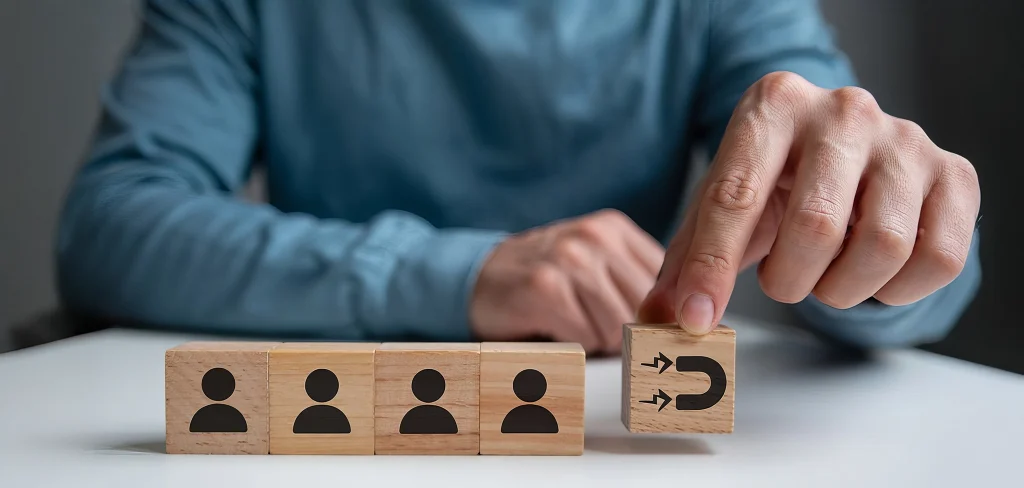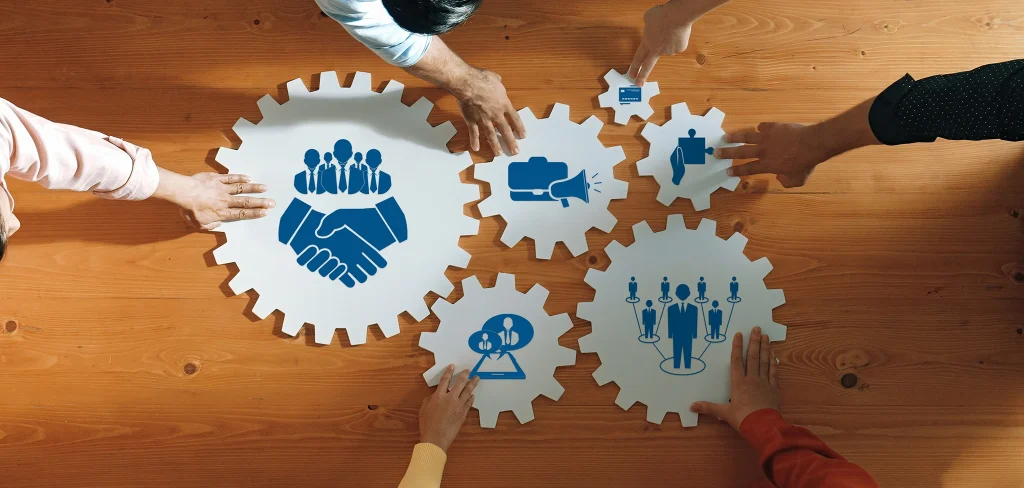Think about the last time a brand got it completely wrong with you. Maybe it was the generic “Hi [First Name]” email. Or an ad for something you already bought last week. Annoying, right? Now compare that to the moment you got a recommendation that felt spot-on—exactly what you needed, exactly when you needed it. Which brand do you trust more? Which one do you remember? Which one keeps your loyalty?
This is the line between customers who stay and customers who churn. And here’s the uncomfortable truth: most businesses still get it wrong. They send noise, not relevance. They chase transactions, not relationships. But customers expect more—and they’ll walk away if you don’t deliver it.
That’s why personalization isn’t just a nice feature anymore. It’s survival. And one of the best ways to do it well, at scale, is with a Digital Experience Platform (DXP).
Retention Isn’t Earned Once. It’s Earned Every Day.

Too many businesses think retention comes from discounts, points programs, or post-purchase surveys. Those help, but they’re not enough. Retention is emotional. Customers stay when they feel seen, understood, and remembered. Miss that mark once, maybe they forgive you. Miss it twice, they’re gone.
The math is brutal: it costs more to find a new customer than to keep an old one. Yet brands pour money into acquisition while treating retention like an afterthought. Personalization flips that equation. It takes every touchpoint—emails, apps, checkout counters—and turns them into proof that you know your customer better than the competitor waiting one click away.
Why DXPs Make Personalization Work

Here’s where most companies fail: personalization breaks down when systems don’t talk to each other. One tool runs your website. Another manages email. A third stores customer data. Put together, these silos create disjointed experiences that frustrate more than they delight.
A DXP fixes that. It acts like a brain—pulling in customer behavior, preferences, and history, then orchestrating every channel in real time.
- Unified profiles: All your data—browsing, purchase history, preferences—rolled into a single record. No blind spots.
- Real-time personalization: Offers, content, or recommendations update instantly based on what a customer is doing right now.
- Cross-channel consistency: Whether it’s your website, app, or email campaign, the experience feels seamless.
This isn’t guesswork. It’s precision. And once you’ve shown customers that level of recognition, walking away becomes much harder for them.
What Personalization + Retention Looks Like in the Real World

- E-commerce. A new shopper browses self-help books. The next day, your homepage greets them with bestsellers, your app nudges them with “because you liked this” picks, and your email follows up with curated reading lists. Instead of one sale, you’ve built a habit.
- Subscription services. A customer’s renewal date is near. Instead of a generic reminder, your DXP triggers an in-app message about features they’ve actually used, follows with a personalized offer, and sends an email showcasing how others like them have benefited. Renewal feels obvious, not optional.
- Healthcare. A patient visits a clinic, fills a prescription, and books a follow-up. A DXP ties it all together—sending preventive care reminders, tailoring health tips, syncing data across providers. The patient feels cared for beyond the clinic visit, leading to trust and long-term engagement.
Each example proves the same point: personalization fuels retention because it proves you’re paying attention.
How SMEs Can Put This Into Play

Here’s the good news: personalization at this level isn’t reserved for enterprises anymore. With cloud-based DXPs, SMEs can start small and scale as they grow.
- Segment smartly: Begin with a single group—first-time buyers, frequent visitors—and deliver tailored messages.
- Align teams: Make sure marketing, sales, and support all see the same customer data.
- Measure loyalty: Don’t just track clicks—watch repeat visits, time between purchases, and churn rates.
- Keep it human: Personalization should feel natural, not creepy. Use it to help, not overwhelm.
The point isn’t to do everything at once—it’s to start where it matters most and build momentum.
The Future Is Personal—Or It Isn’t Yours

Here’s the reality: retention isn’t about gimmicks. It’s about making people feel like they belong with your brand. Customers don’t remember every ad they see, but they do remember when a brand gets them.
Digital Experience Platforms make that possible. They turn personalization into a system, not a scramble—helping businesses of any size deliver relevance consistently. And when you get personalization right, retention follows.
So ask yourself: are you sending noise, or are you sending signals that matter? If it’s the former, your customers are already looking elsewhere. If it’s the latter, you’ve just given them a reason to stay.
If you’re ready to explore how a DXP can transform your customer relationships, reach out to Barleeblue and start building a strategy that keeps your customers coming back.

